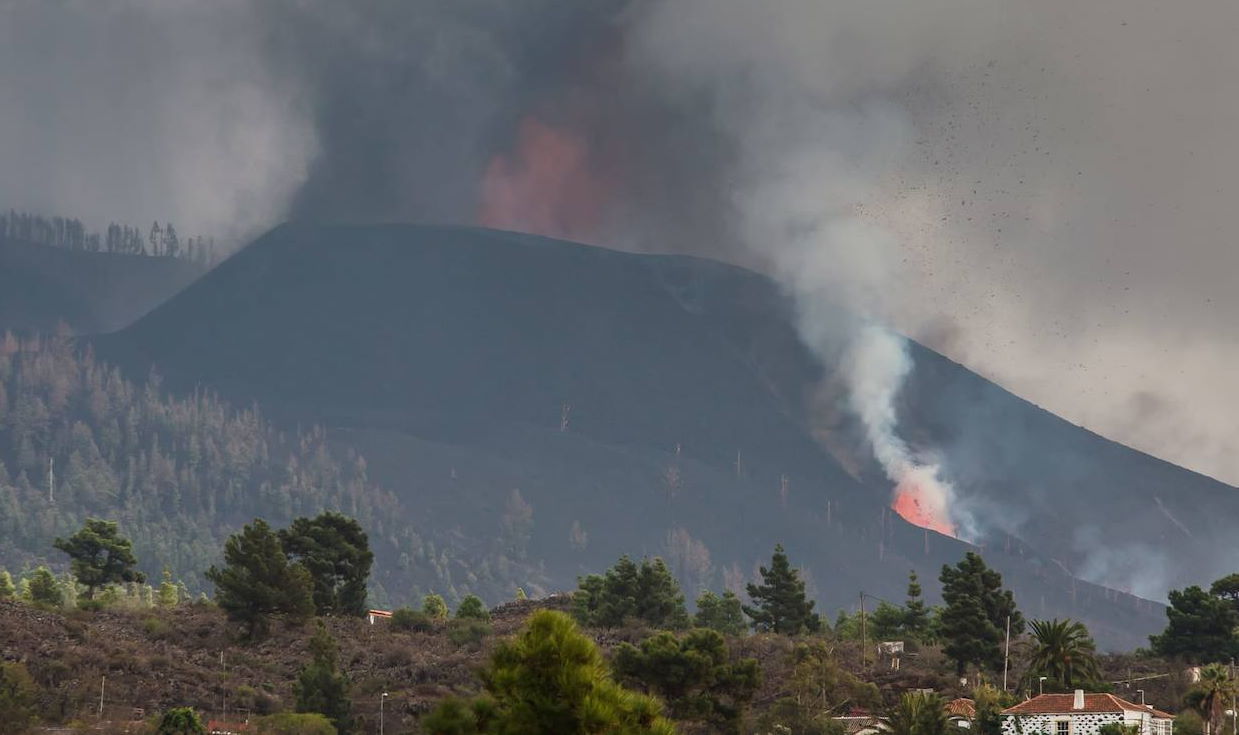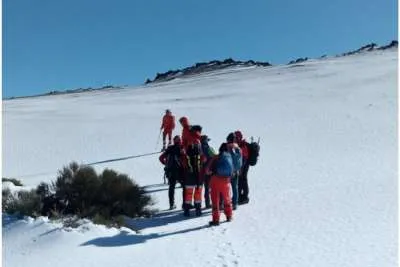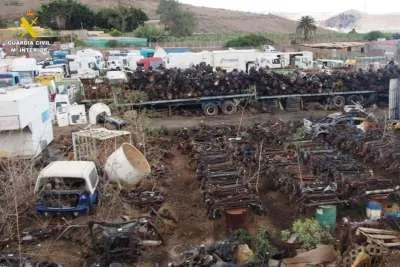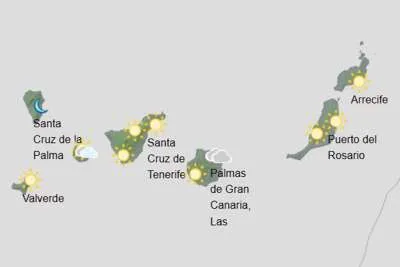The La Palma volcano registers highest peak of seismic energy since eruption began
- 25-09-2021
- Tenerife
- Canarian Weekly
Pevolcan experts have reported that the latest evolution of the volcano has produced two new main emission points (in addition to the initial one) and the emergence throughout the day yesterday of seismic energy emission that peaked higher than seen so far during the eruption, which is what led to an order for the emergency evacuation of the remaining residents in Tacande Alto, Bajo and Tajuya.
The La Palma volcano has added two new eruptive mouths in the last 24 hours, and not one as was initially reported, which are emitting liquid lava that is moving quickly down the slope of the volcano, as confirmed by Involcán and the Geological and Mining Institute of Spain (IGME).
The fear of a possible collapse of the entire volcanic structure is what made experts fear for the safety of the people of the towns of Tacande and Tajuya, which is why an evacuation was ordered.
Infra-red image of the new mouths and lava flows (source: INVOLCAN)
The director of the IGN in the Canary Islands, María José Blanco, explained at a press conference that initially it was decided to ask citizens to confine themselves to their homes because the risk was only of intense ‘ash rain’, mixed sporadically with some slightly larger pyroclastic particles of rock.
However, readings of the volcanic activity saw a sudden increase in data with fresh explosions and the new lava flows. The experts highlighted three risks for the population in the area that had not yet been evacuated:
- Larger fragments of pyroclastic material falling from the sky.
- Risk of being exposed to a lava flow.
- Being within range of a high-velocity pyroclastic flow if the cone of the volcano collapses.
According to the IGME the new lava rivers travelled almost a kilometre down the slope before expanding and thickening and then slowing down to around 60-80 metres per hour.


























































